How Can Yacht Chefs Run a More Sustainable Galley?
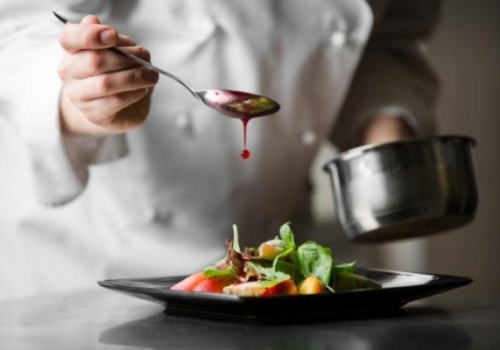
The yachting industry has been clutching onto the sustainability buzzword for some time now. Sustainability has rightly entered the limelight across various topics within the industry and there has been a lot of talk involving pledges and promises, but how much is being put into practice?
There are many things each department, including the galley, can do to make a difference. The exploding trend of veganism over the past few years has shown that today more than ever, we are considering the impacts of what is on our plates. Everyone has a part to play in shifting our entire food system toward sustainability. Whether or not you are reading this as a yacht chef, this includes you. Changing eating habits is critical to our climate crisis, from yacht owners requesting a specific caviar brand imported into remote islands to the fussy crew member who will not tolerate leftovers.
Incorporating sustainability into the galley means acknowledging the main issues of reducing waste, minimising the impact on the environment and understanding exactly where and how produce is sourced.
Waste not, want not - the issue of food waste
Approximately 1.3 billion tonnes a year of edible food goes to waste. Food waste in itself is a complex, global issue - let alone when it comes to solving it within yachting. Not only are the horrifying statistics morally wrong, but it is also causing environmental chaos, whereby one third of global emissions are associated with food production and consumption. One of the co-founders from Olio, the food sharing app, rightly states that "humanity can no longer afford to puzzle over how to keep global warming within 1.5 degrees and feed a population of 10 billion while throwing away one third of the food we produce.”
If those statistics aren't enough to make sure you never throw away a bruised banana again, here's another scary statistic for you - if food waste could be represented as a country, it would be the 3rd largest emitter of greenhouse gasses behind China and the US. But it isn't all doom and gloom. There are solutions.
A lot of wastage on board can be curbed through meticulous planning. Planning and organisation should be high up any chef's skillset, planning meals to ensure correct provisions and deliveries are well organised. This can prove harder on charter as what you serve may change hourly, but generally speaking, planning is vital.
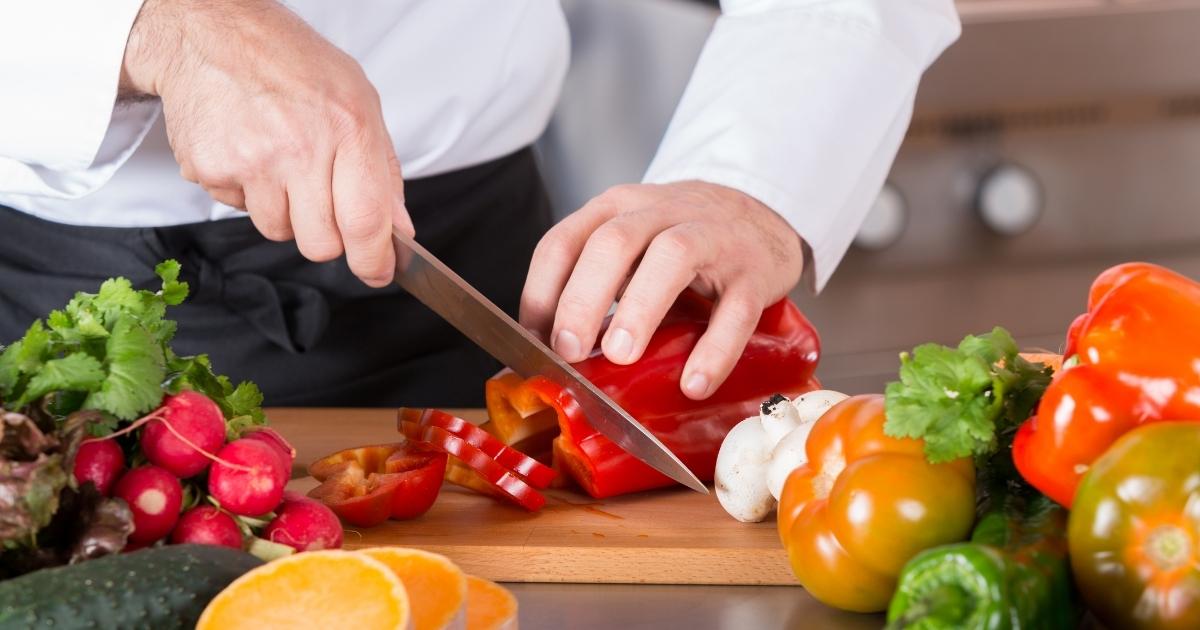
Knowing what to cook for both crew and guests is a job in itself, so investigating preferences is key to keeping a happily fed yacht. In-depth preference sheets can help control food waste, as knowing your crew well has a big impact on leftovers. If you are cooking what they love there should be no excuses! To gauge portion sizes, ensure you eat with the crew regularly to find out who piles up the plates, who goes back for seconds and who resembles a fussy rabbit.
One third of food generally gets thrown away, so managing provisioning levels and practising efficient stock rotation is crucial to wastage. Today, the technology and advancement of cool rooms aid this as the food lasts longer.
A big issue with food waste on a global level is the unfair distribution, but today more is being done on solving this. Back in October Milan won an Earthshot prize for their food waste project, to redirect surplus food from supermarkets and offices to charities and NGOs. Providing a blueprint for other cities to follow in their footsteps, they aim to ensure food waste is halved by 2030. Redirecting surplus is also happening through the food sharing revolution launched in 2015; Olio. Currently, with five million like-minded users, they have a confident aim, merged with international expansion plans, to reach one billion users by 2030.
This element of redirecting surplus is a great example for superyachts to follow. Even with good planning and organisation, yachts sometimes create a surplus, so why not redirect? Although logistically harder, it isn't impossible. Yachting Gives Back is a prime example of how the industry can do better with food waste. Based in Palma, Mallorca, it began with a food raising campaign, which today expands to redirecting surplus goods of most kinds. Movement of crew and guests usually change what the yacht requires, so rather than wasting, the team helps find local food banks and soup kitchens.
Going green in the galley
When it comes to improving the sustainability of the galley, it isn't just the food element. There are various switches chefs can make to be a little kinder to the planet.
As important as dishing out creative excellence on board, chefs must also adhere to health and safety, including strict cleaning protocols. It is daunting how many cleaning products you can find browsing supermarket isles. However, the shiny marketing and greenwashing doesn't tell you how those toxic products are harming both the environment and yourself. Dean Harrison, @theyachtchef urges crew to “remember everything that goes into the sink ends up in the ocean. The ocean is the thing that has given us this life, and we need to respect that.” Switching to simpler, natural cleaning products can help with this.
Sheila from Environmental Yacht Services emphasises that “we are just the end-user, we need to look at the lifecycle of a product.” She highlights that one of the best environmentally friendly brands for the galley is Greenspeed, recommending their ‘Techno Floor Cleaner’ and washing up liquid for chefs.
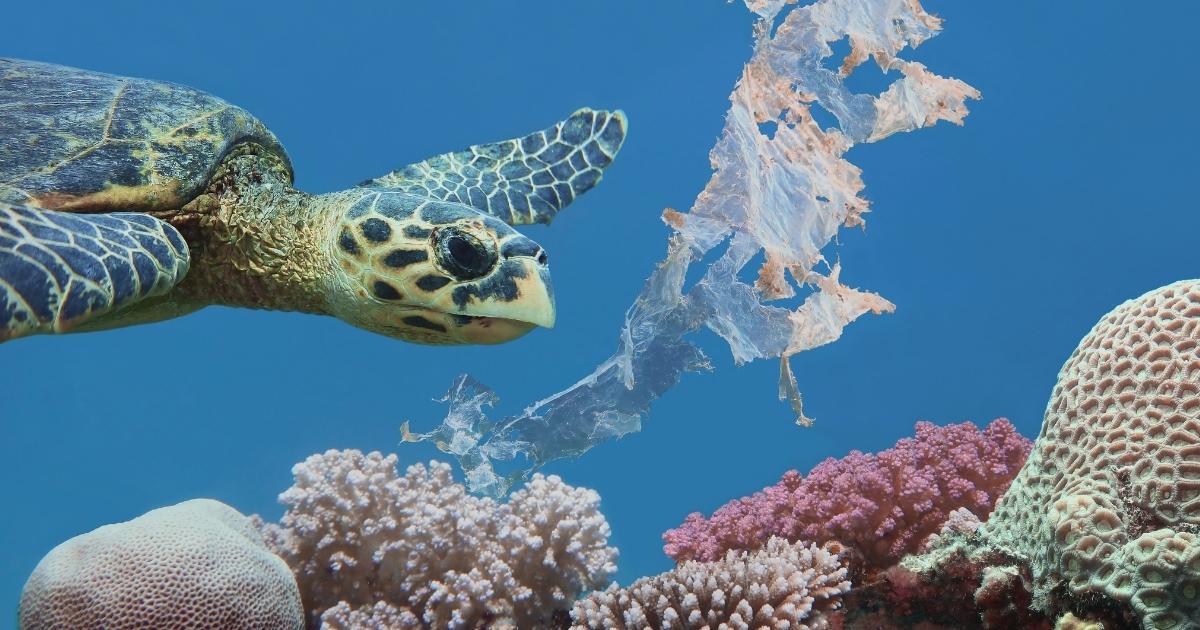
Aside from a long chain of the crew from the dock to the galley, what's the next most annoying thing about provisioning? The excessive packaging. It hit the nail on the global head of problems when an image of an individual peeled orange packaged in plastic at a California Whole Foods went viral. Apart from the fact that this makes us question our humanity, think of the harm it is doing to the environment.
When it comes to food packaging, do as much as you can to reduce the amount of unsustainable packaging that makes it on board. Bigger yachts can buy in bulk and use refillable containers to help. If you use a provisioner, specify how you want things to turn up - do the grapes have to come in a plastic container, within a plastic container wrapped in plastic? “When placing an order through a provisioner, I make a note to only pack the items in paper bags,” says freelance yacht chef Grace Dvornik.
Although each provisioner is different, the more consumers demand, the more change will happen. Since the awareness of single-use plastics, there has been an urgent need and increase in development for more sustainable food packaging. Whilst some packaging is perfectly recyclable, be sure to responsibly recycle it in each marina dependent on its collection rules.
When it comes to re-wrapping or re-packaging food, this is also a cause for concern, and especially with single-use plastics such as using food wrap, cling film, saran wrap, cellophane, glad wrap or any other term used to describe most chefs’ kryptonite. Today, there are viable substitutions, such as Beeswax paper and silicone covers.
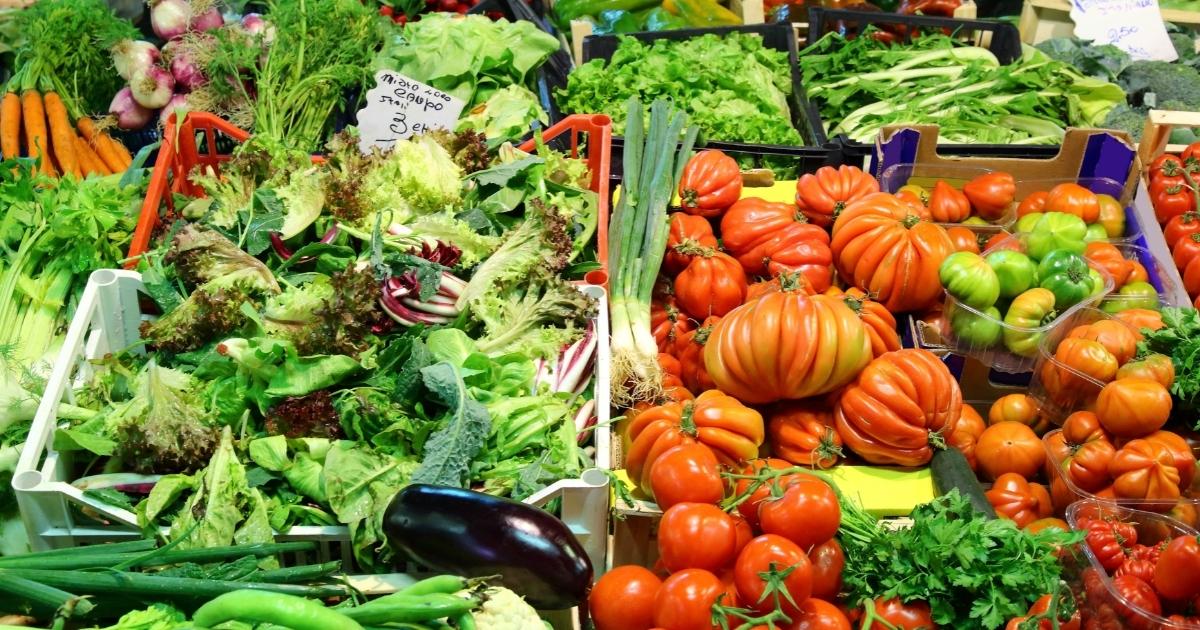
Sourcing food responsibly
In recent years, Netflix documentaries such as Seaspiracy, Cowspiracy and Game Changers have been opening up the controversial conversation on how unsustainable our current food system is. Although this problem is seemingly a lot bigger than the yachting industry, there are ways in which it can be a cog in turning the wheel of change.
Gone are the days of vegetarian crew members being the minority. “The crew on SY Black Pearl are generally conscious of the number of animal products they consume, with quite a few crew members being vegetarian or vegan. More and more crew are moving to plant-based diets,” states head chef Damien. The same goes for MY Arience, with @theyachtchef Dean stating that "after cooking amazing vegetarian food, half the crew switched to vegetarian.” The latest, newest trend growing in popularity since veganism is the ‘climatarian’ diet which means eating with the planet in mind, eating local and seasonal produce without ruling out meat but eating it from ethical and regenerative farming suppliers. From meat to fish, the complexity of sustainable fishing is a web of information and misinformation that any chef with even one free afternoon to read up on it wouldn’t scratch the surface.
From by-catch issues, over-farming and labour exploitation to pollution reaching the food chain, these issues infiltrate every aspect of what is on our plates, so, what can we do about it and what does sustainable sourcing entail? Sustainability incorporates many concepts and this doesn’t change when it comes to sustainable produce. It's always important to consider what impact your food is having on climate change through its life cycle; its supply chain, food miles through to labour methods.
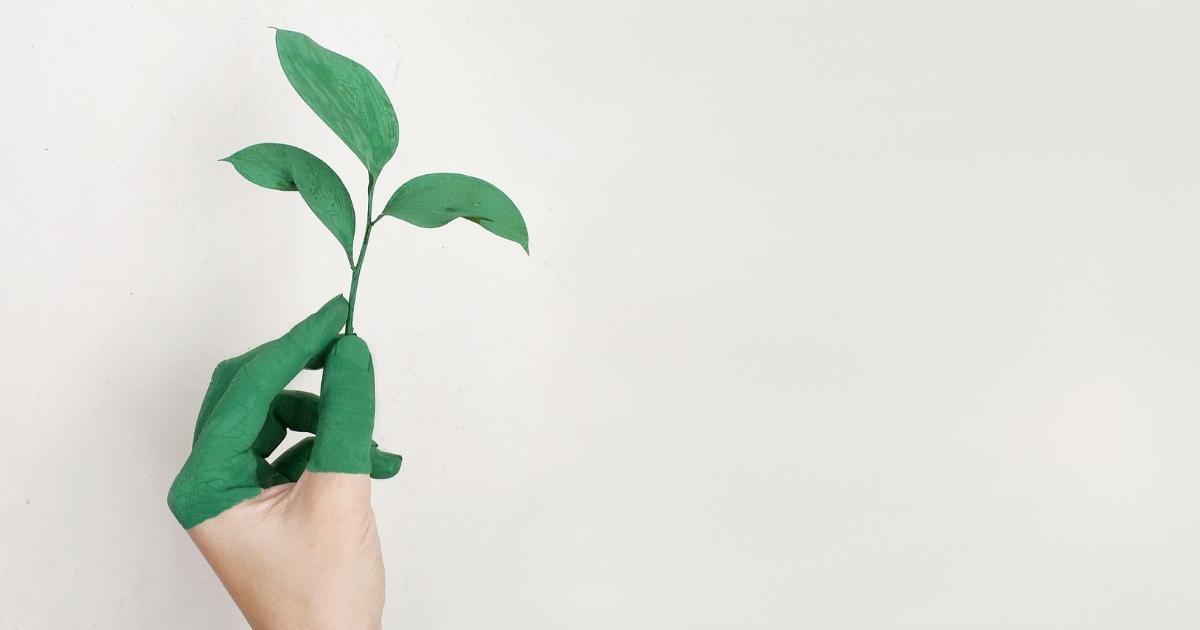
For the lowest impact from fruit and vegetables, be sure to shop locally and buy seasonal goods. Dvornik says that “the sustainable practice I can implement most often is purchasing from local, small businesses. Buying local helps stimulate the local economy and guarantees a fresh, quality product.” For meat and dairy provisioning, source from organic, regenerative and free-range farms for lower impact. In terms of fish, there has been huge debate surrounding sustainable fishing in recent years and as Paul Watson, the founder of Sea Shepherd quotes, there is “no such thing as sustainable seafood in a dying ocean.” Bottom trawling and dredging are two of the many issues - imagine doing this on land, dragging bulldozers across fields - would we tolerate it?
We need to use credible, certified standards whenever possible. But above everything, the best thing is to be an active part of the conversation. As Dean points out, the industry “as a whole need to band together so there is demand and the suppliers see the value in stocking sustainably sourced ingredients.” Find out exactly where your produce is coming from, how it is grown and understand the impacts before purchasing. Damien says: “I believe sustainable sourcing is the way forward, I am 100% with the movement.” He explains whilst it may take additional effort to source sustainably the solutions are simple, “take the time and act.”
The future of our food
When it comes to improving sustainability as chefs, acknowledging the problems rather than sweeping them under the dock mat is vital. No one is perfect at sustainability, but changes need to happen. Mindsets are changing daily for the better and individual changes are adding up to bigger systematic changes. To run a conscious galley, open up a dialogue with the crew, guests and suppliers around how our eating habits are impacting our world.
Unsure as to what the future holds, what we do know is that development and advancement in technological solutions are rife, and sustainability is creeping up yachting agendas - it has to or, there will be no industry. With new yacht concepts of the future that incorporate additions such as decks covered in vegetable gardens, perhaps yachts of the future will be self-sufficient after all?


Post your comment
You cannot post comments until you have logged in.
Login to post a commentComments
No one has commented on this page yet.
RSS feed for comments on this page | RSS feed for all comments